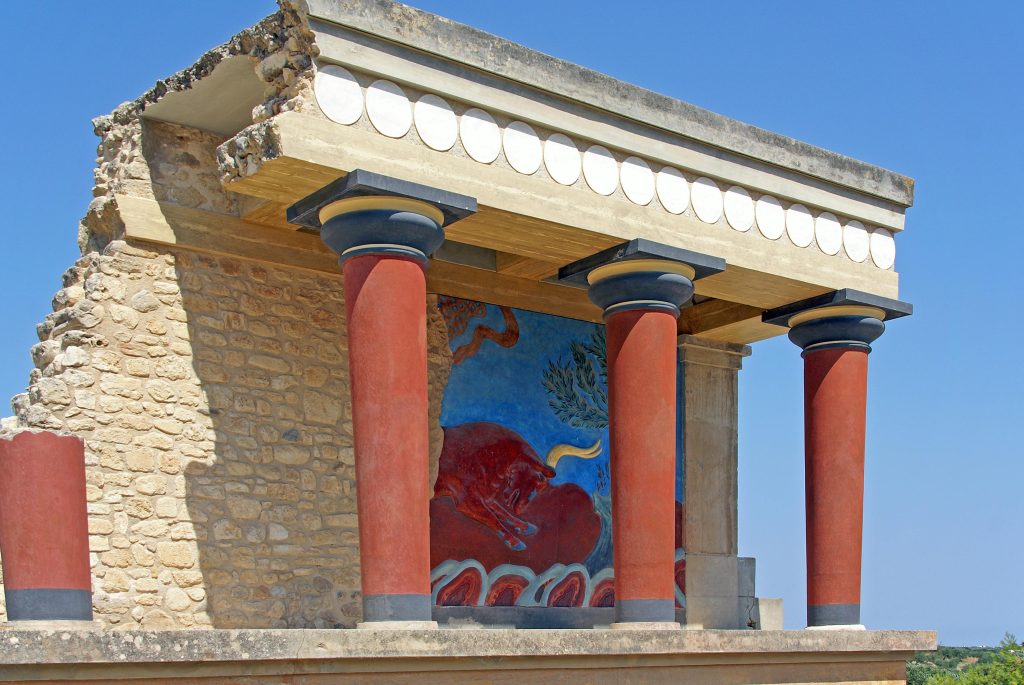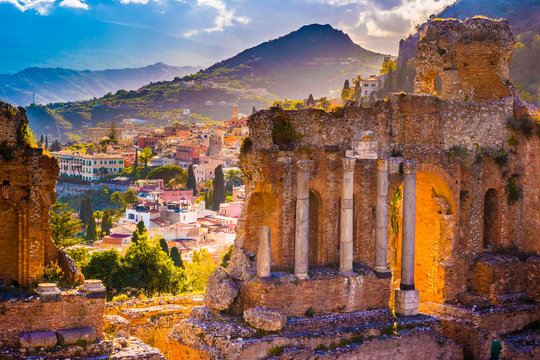The Origins of the Minoan Civilisation The Minoan civilisation of Crete is a captivating subject for history enthusiasts, as it unravels the mysteries of a fascinating ancient world. This subchapter explores the origins of this remarkable civilisation and its profound impact on various aspects of human history. The Minoan civilisation emerged around 3000 BCE and flourished on the island of Crete until its sudden decline around 1450 BCE. Its influence was not limited to the island, as it profoundly affected the wider Mediterranean region. One of the key factors that contributed to the rise of the Minoan civilisation was its extensive trade routes. The Minoans developed a complex and prosperous network of trade, linking them with other Mediterranean civilizations. This early form of globalization had a significant impact on the development of commerce in the region. The Minoan language, known as Linear A, remains undeciphered, but its influence on ancient Greek and subsequent languages cannot be ignored. Many scholars believe that the Minoan language played a crucial role in the development of ancient Greek, which eventually became the foundation of Western civilization. Minoan art is renowned for its vibrant colours, intricate designs, and naturalistic portrayals. It had a profound influence on later artistic styles and movements, not only in Greece but also throughout the ancient world. The Minoans’ artistic achievements continue to inspire and captivate artists and art enthusiasts to this day. The role of women in Minoan society was remarkably progressive for its time. Women held positions of power, engaging in trade, and participating in religious rituals. This gender equality in Minoan society had a profound impact on gender roles in ancient civilizations, challenging traditional norms and influencing subsequent societies. Minoan architecture is characterized by its grand palaces, intricate frescoes, and complex urban planning. Its influence can be seen in subsequent architectural styles in Greece and beyond, shaping the development of architecture throughout the ancient world. Religion played a central role in Minoan society, with intricate rituals and ceremonies dedicated to various deities. These religious practices had a 3 significant impact on early Mediterranean and Greek mythology, shaping the beliefs and traditions of subsequent civilizations. The Minoans were renowned for their maritime technology, which allowed them to dominate the seas and establish trade routes with distant lands. Their advanced seafaring skills influenced ancient civilizations and played a crucial role in the development of maritime technology. The sudden decline of the Minoan civilization around 1450 BCE remains a subject of debate among scholars. However, its potential impact on subsequent civilizations in the Mediterranean region cannot be underestimated. The void left by the Minoans was eventually filled by other ancient civilizations, shaping the course of history in the region. In conclusion, the origins of the Minoan civilisation hold immense significance for history enthusiasts. Its impact on trade, language, art, gender roles, architecture, religion, maritime technology, and subsequent civilizations highlights the profound influence this ancient civilization had on the world. Exploring the mysteries of the Minoan civilisation unravels a captivating chapter in human history, shedding light on the interconnectedness of ancient societies and the lasting legacy of the
The Minoans of Crete
Mar 11 2025











